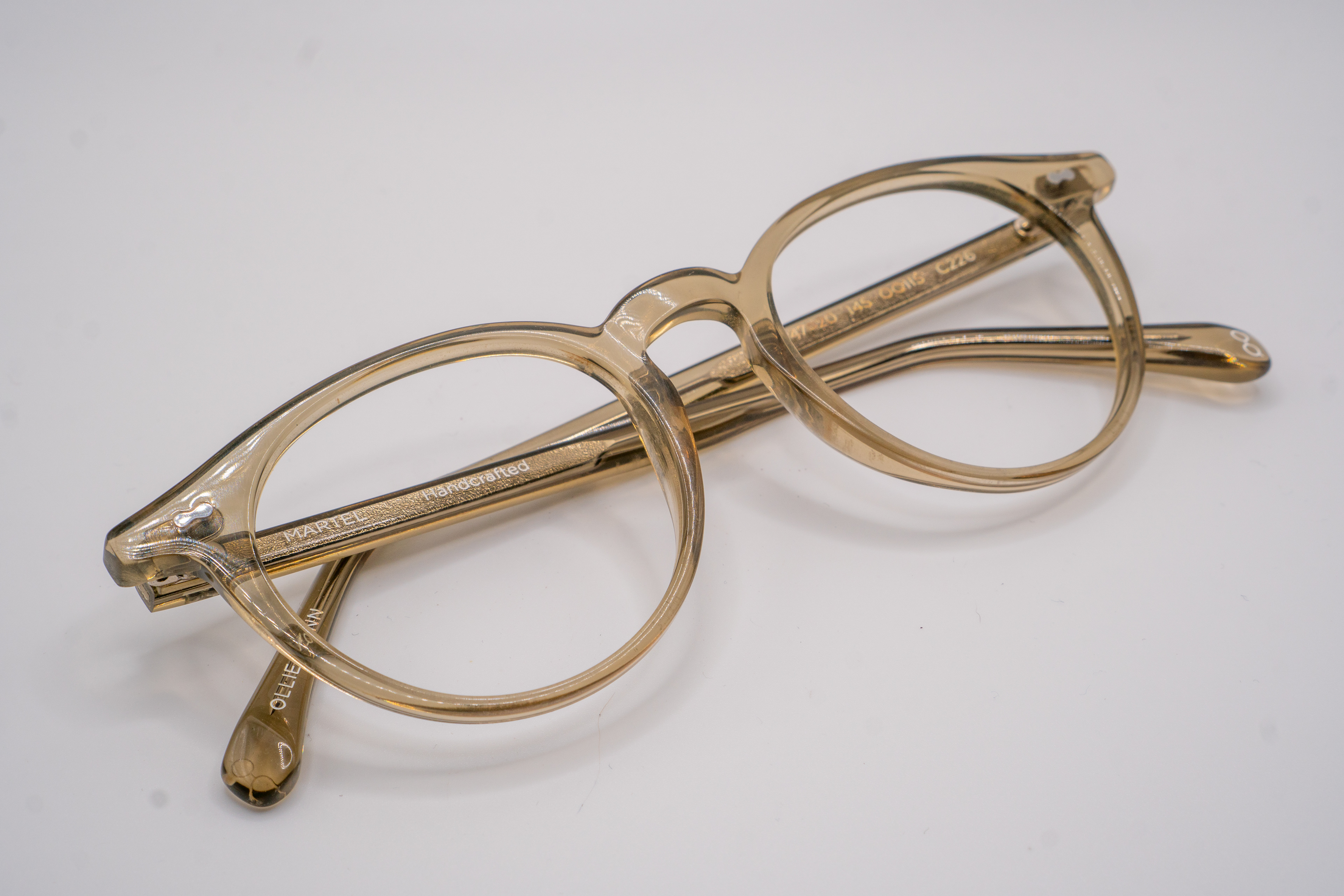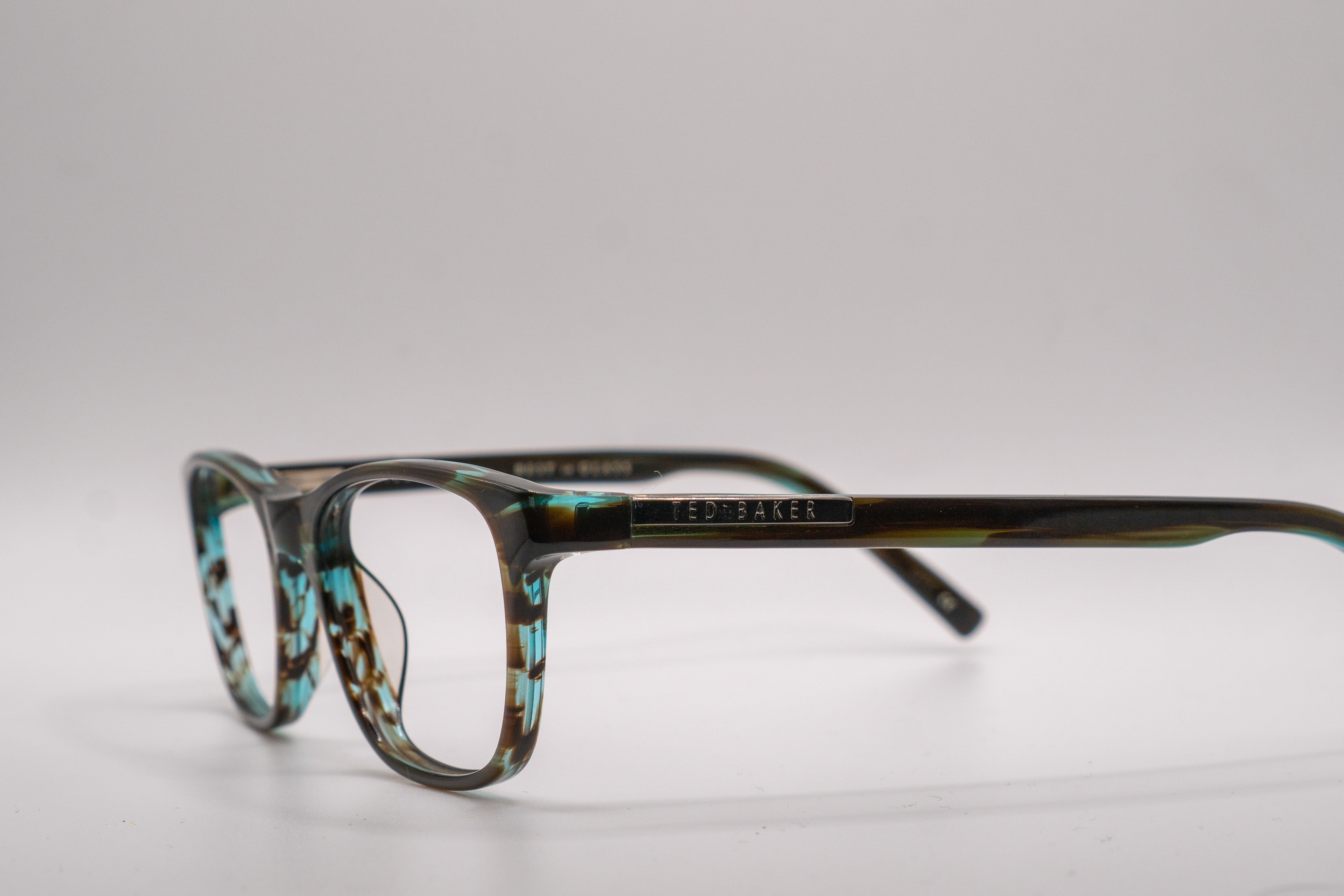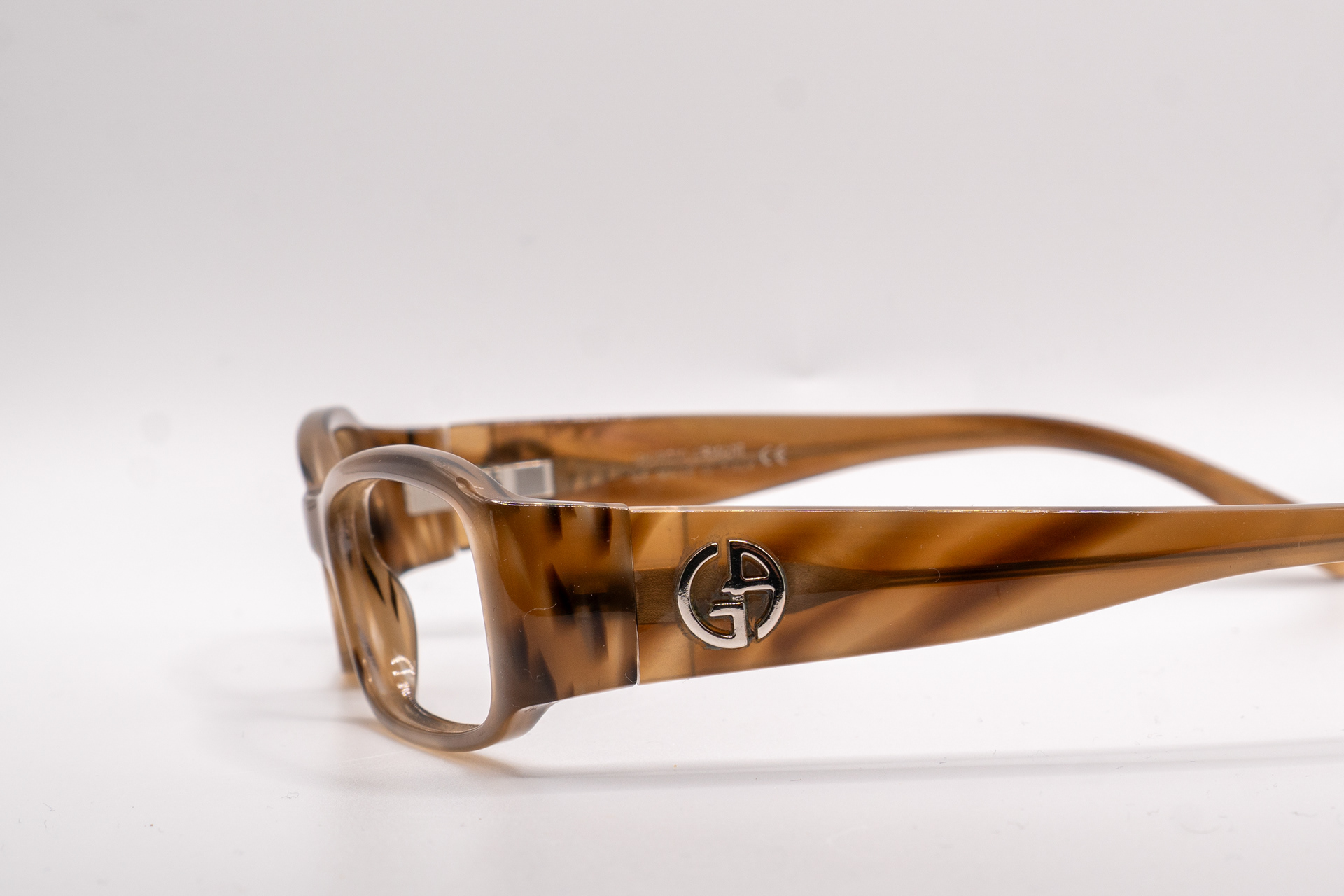We employ similar techniques from making eyewear into resurrecting old spectacles.
Vintage, designer and unique pieces enter our workshop every week for us to refurbish into a new-like state.



Thousands of spectacles get thrown away each year. Refurbishing them means they can be bought to their former glory.


